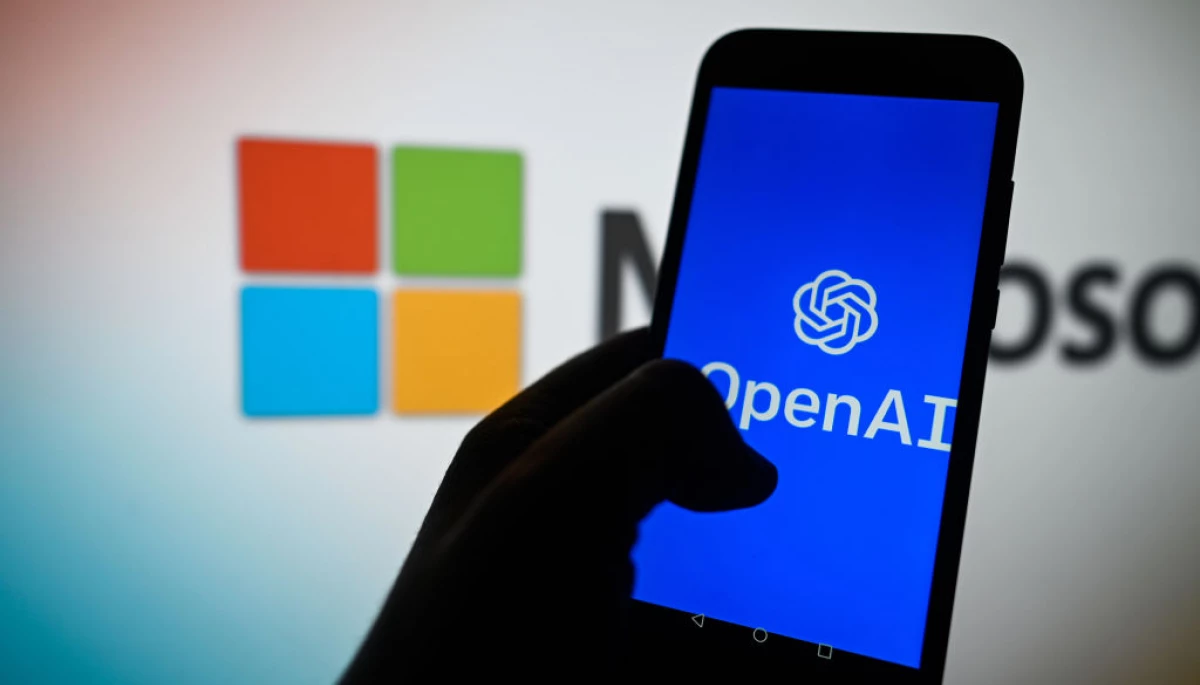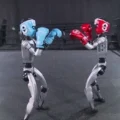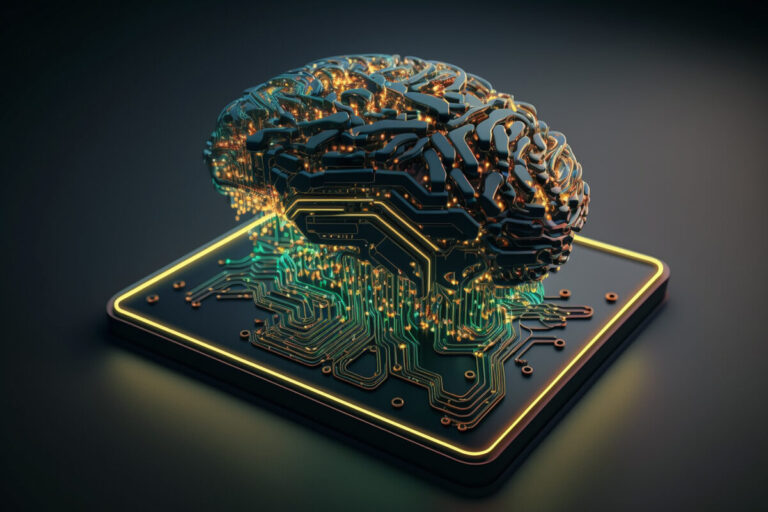
AI and Corporate America: How Automation Is Reshaping U.S. Employment and Why Big Headcounts Aren’t an Advantage
Large U.S. corporations are shifting toward smaller, more efficient teams, accelerating the automation of knowledge work and trimming white-collar roles. This is not a short optimization cycle, but a structural change backed by executive statements, concrete layoff waves, and official labor statistics.
A widely discussed analysis highlights a clear trend: major employers no longer treat the size of the workforce as a competitive advantage. Instead, they are investing in AI systems that automate routine and semi-routine tasks, allowing teams to do more with fewer people. One scenario often cited in public debate models that Microsoft could theoretically automate around 36% of tasks, implying a potential ~80,000 positions at risk if every automatable task were handed to AI. This is an analytical scenario, not a company plan, but it signals the scale of the technological shift.
2025 facts: layoff waves and what top managers say
- Microsoft in 2025 conducted two notable waves of job cuts: roughly 6,000 in May (under 3% of staff) and about 9,000 in July (around 4%). Company messaging tied these moves to a major investment cycle in AI infrastructure and a broader push for efficiency.
- Amazon is openly preparing staff for structural changes. CEO Andy Jassy told employees that “we will need fewer people in some of today’s roles” and that, over the coming years, this will reduce the corporate headcount.
- JPMorgan has stressed efficiency and task substitution by AI, signaling tighter hiring and a focus on productivity rather than expanding office headcount.
- Ford CEO Jim Farley has warned about a large potential impact on white-collar roles, even suggesting that AI could “literally” displace up to half of office jobs. This is a leadership estimate, not a formal staffing plan, but it aligns with the broader direction of travel.
Labor-market data: a “quiet” structural shift without headline explosions
Official BLS data for July 2025 show overall employment barely changed at +73,000 jobs, with most sectors “little changed.” In professional and business services, jobs fell by about 14,000. The picture is not of a sudden collapse, but of a gradual reconfiguration of work: tasks and roles are being reshaped inside firms while headline totals remain relatively stable.
At the same time, monthly reports from a leading outplacement firm recorded 62,075 announced job cuts in July, and a portion of 2025 layoffs is explicitly attributed to AI: roughly 10,000+ cases tagged “artificial intelligence,” with a larger group linked to technology upgrades including automation and AI. This matters for drawing causal lines between automation and job reductions.
A frequently cited operational example is Klarna. The company reported that its AI assistant handled two-thirds of customer support contacts in its first month, delivering performance comparable to human agents and doing the work equivalent to 700 full-time roles. This is not a theoretical forecast but an operational fact about how a consumer-facing business can scale service without expanding headcount.
Post List
What international bodies say: replacement or task reallocation
Analyses from OECD and the International Labour Organization (ILO) converge on a key point: the main effect of AI is task reallocation, not instant job extinction. Non-routine cognitive work tends to be complemented, while office and administrative functions are among the most exposed to generative AI. In short, AI automates parts of jobs, shifting time and value toward higher-complexity tasks rather than wiping out entire occupations overnight.
Treat it as a modeled ceiling, not a promise. The estimate assumes that every automatable task would be automated at once, which is not how firms implement change. In public, Microsoft has only confirmed the actual 2025 layoff wavesand its heavy AI-infrastructure investment. The scenario’s usefulness lies in showing the upper bound of the effect if companies choose maximal automation.
One immediate consequence is that entry-level roles in big corporations are becoming scarcer. AI absorbs a chunk of junior, repetitive, or semi-structured tasks that historically served as on-ramps for new graduates. Some opportunities will migrate to startups, where smaller teams deploy AI faster and scale with fewer people. But this will not fully compensate for the shrinking “first rung” inside large firms.
What businesses and governments should do
- Companies
- Run a task-level audit and redesign roles so that people use AI tools rather than compete with them.
- Invest in reskilling for specific, high-value use cases: data analysis, prompt engineering, model quality assurance, and data security.
- Communicate transparently about workforce plans and reskilling pathways to reduce uncertainty. Clear internal messaging from leadership helps align teams with the transition.
- Governments
- Launch rapid upskilling programs targeted at office roles with the highest AI exposure, in line with international evidence.
- Adapt active labor-market policies to a task-centric approach: train not for entire job titles, but for bundles of tasks that are growing in market value.
- Improve statistical tracking of layoff causes, separating demand shifts, automation, and AI impact to guide policy precisely.
AI is changing the balance between people and processes. Corporations are trimming headcount while overall employment remains on a plateau. On the ground, we see concrete layoff waves at Microsoft, forthright corporate messaging from Amazon about smaller teams, and operational cases like Klarna. In the macro data, the top-line numbers look steady, but the composition of work and the pathways into careers are moving fast.
The practical key to adaptation is a shift from occupations to tasks. Companies should reconceive roles as the interface between people and models, and public policy should refocus training on specific functions where humans amplify AIrather than compete with it.















